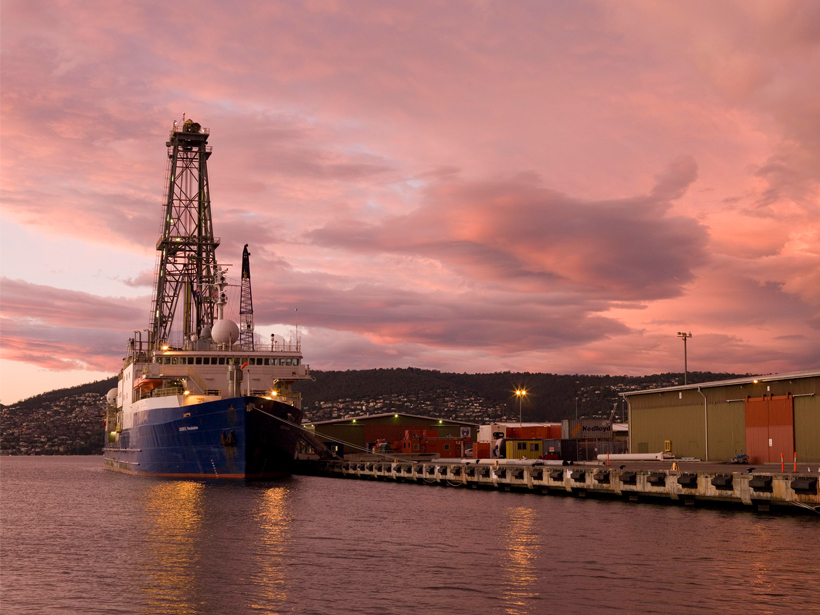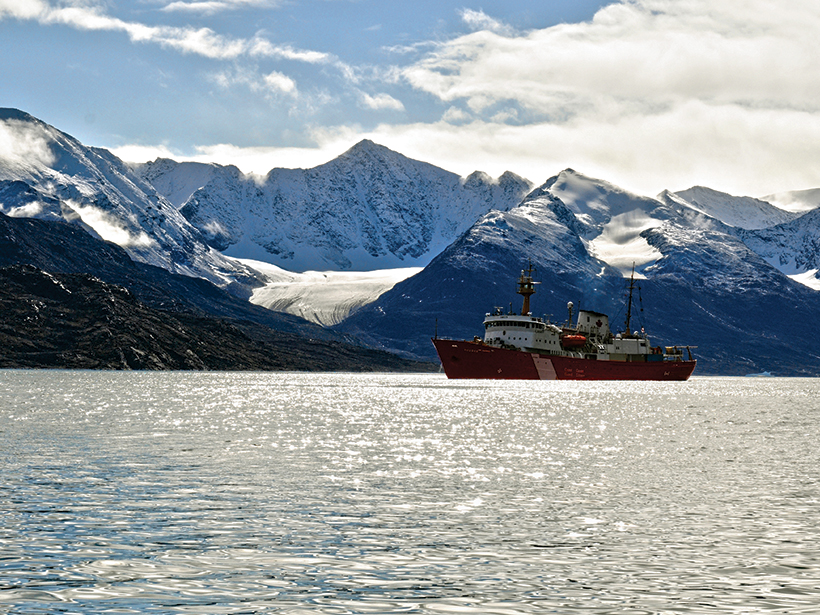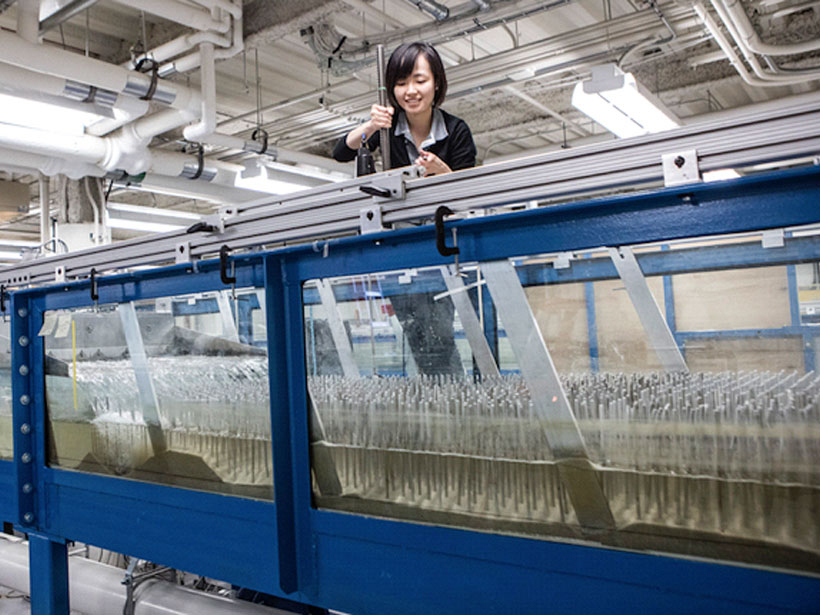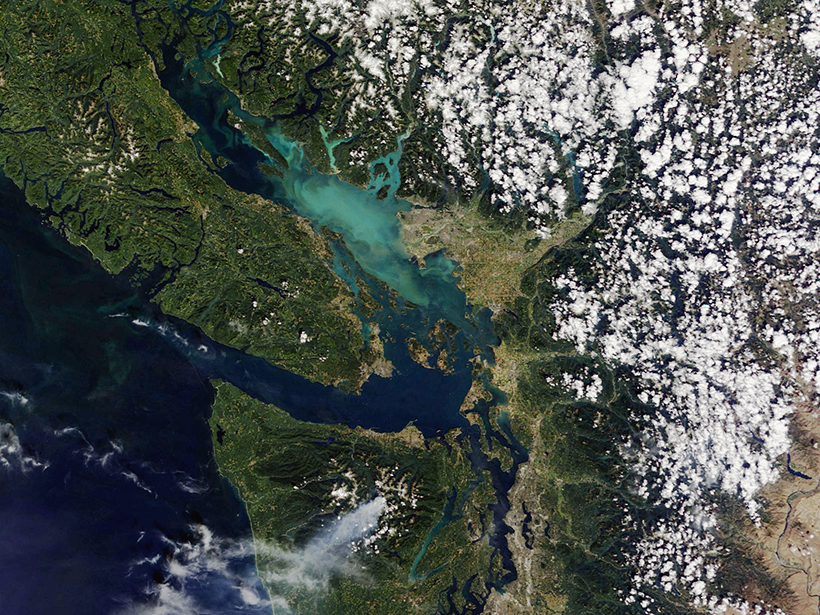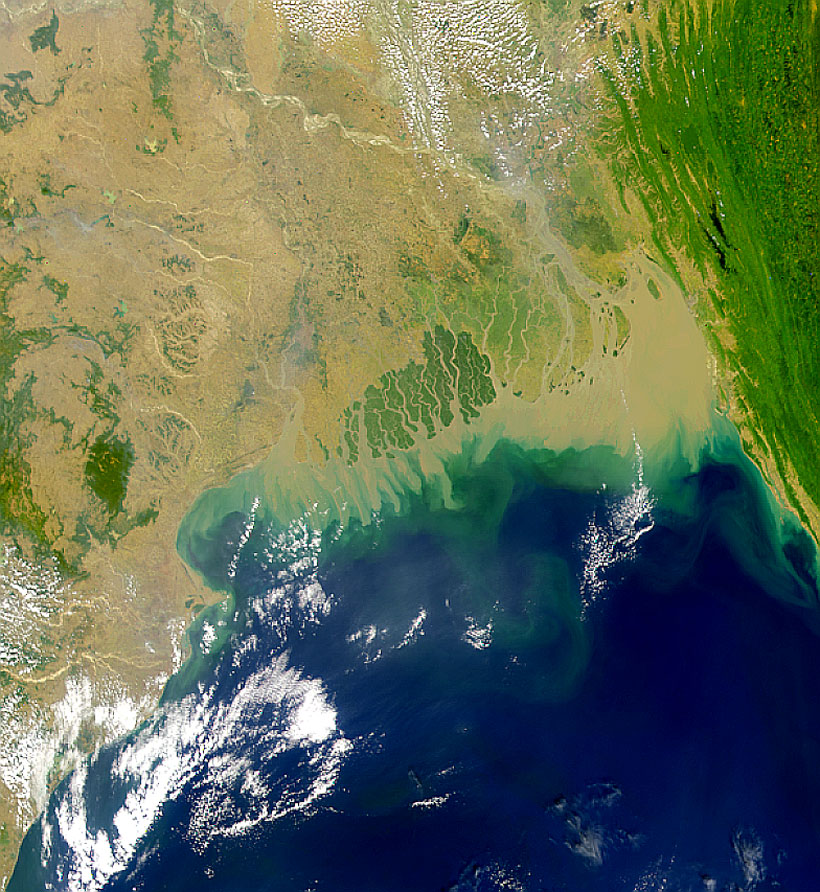The first basin-wide compilation of seismic and geologic data shows that both margins experienced similar sedimentation patterns prior to the onset of Antarctic glaciation.
sediments
Arctic Glacial Retreat Alters Downstream Fjord Currents
High-resolution mapping efforts could improve predictions of coastal changes as glaciers shrink around the world.
New Study Shifts Paradigm of Coastal Sediment Modeling
A new model improves predictions for sediment movement in vegetated shoreline zones and reveals a universal predictor that could change the understanding of coastal landscape evolution.
Mud on the Move
Powerful submarine flows known as turbidity currents are starting to give up their secrets.
New Global Analysis Reveals Amount of Sediment on the Ocean Floor
Researchers calculate that there are ~3.37 × 108 cubic kilometers of sediment on the world’s ocean floor.
The Search for the Severed Head of the Himalayas
To unearth the very first sediments to erode from the Himalayas, a team of scientists drilled beneath the Bay of Bengal.
Southern Hemisphere Sediments Show Surprising Pliocene Cyclicity
New, high-resolution paleoclimate reconstructions with 100,000-year rhythms may offer insights into how Earth’s climate system operated during a time when the planet was warmer than it is today.
Ancient River Discovery Confirms Mediterranean Nearly Dried Up in the Miocene
Sedimentary deposits reveal a Nile-sized river system flowing from what are today Turkey and Syria.
When the River Meets the Sea: Estuary Sediments and Hypoxia
Scientists know that low-oxygen dead zones are growing worldwide. New research sheds light on what that will mean for estuary systems if trends continue.
Formation of Sedimentary Deposits: Bypass Versus Mass Extraction
Grain size and sediment delivery pathways from the Ganges delta have been used to model downstream facies changes.

